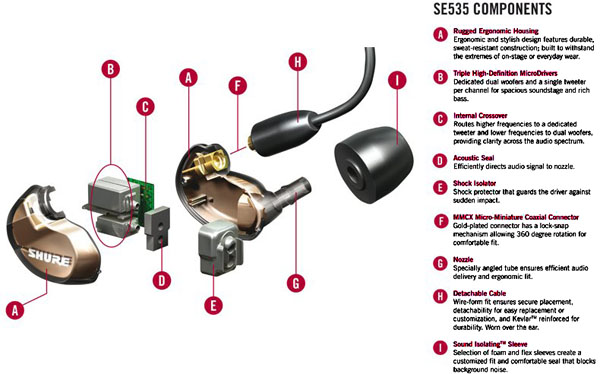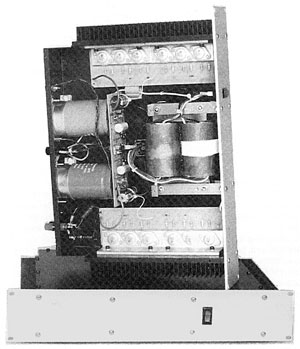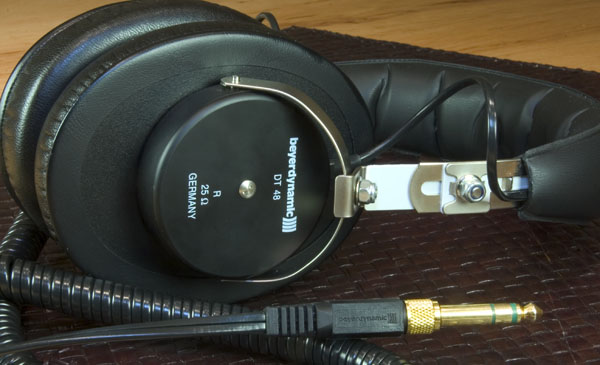
A computer is not optimized for the uninterrupted streaming of audio data. It has rapidly become established wisdom, therefore, that the optimal means of extracting audio data from a computer's USB port is to operate that port in what is called "asynchronous isochronous" mode. This lets the receiving device, such as a digital-to-analog converter (DAC), control the flow of data from the PC. In theory, asynchronous USB operation (not to be confused with the asynchronous sample-rate conversion used in some DACs) reduces jitter to unmeasurable levels, depending on the accuracy of the receiver's fixed-frequency oscillator, which is used to clock the data to the DAC. By contrast, in the alternative and almost ubiquitous USB operating mode, called "adaptive isochronous," while the sample rate of the output data, averaged over a longish period, will indeed be the specified 44.1 or 48kHz, there will be short-term fluctuations, or jitter, due to the oscillator having to change its frequency every millisecond to match the uncertain rate of data flow from the PC.
Continue Reading »


 The name Muse Electronics is probably unfamiliar to most audiophiles, requiring some background on the company. Muse is the hi-fi offshoot of a company called Sound Code Systems, a manufacturer of professional sound-reinforcement speaker cabinets and power amplifiers. Founded in 1980, SCS enjoyed some success with its line of MOSFET professional power amplifiers. In 1988, SCS's Michael Goddard and Kevin Halverson, both audiophiles and tube aficionados, redesigned their amplifier for the high-end hi-fi market.
The name Muse Electronics is probably unfamiliar to most audiophiles, requiring some background on the company. Muse is the hi-fi offshoot of a company called Sound Code Systems, a manufacturer of professional sound-reinforcement speaker cabinets and power amplifiers. Founded in 1980, SCS enjoyed some success with its line of MOSFET professional power amplifiers. In 1988, SCS's Michael Goddard and Kevin Halverson, both audiophiles and tube aficionados, redesigned their amplifier for the high-end hi-fi market.

 BOBBY KING & TERRY EVANS: Live and Let Live!
BOBBY KING & TERRY EVANS: Live and Let Live!

 This month I am writing about the Loudness Wars! But first a DVD, They Came to Play. The quest, or the hero's journey, has been a major theme of literature for as long as there has been literature. From the epic of Gilgamesh to The Adventures of Huckleberry Finn to Moby-Dick to The Lord of the Rings, the quest's plot trajectory has remained pretty much consistent: be confronted by a challenge; leave home; bond with a new friend; survive climactic showdown; discover true self.
This month I am writing about the Loudness Wars! But first a DVD, They Came to Play. The quest, or the hero's journey, has been a major theme of literature for as long as there has been literature. From the epic of Gilgamesh to The Adventures of Huckleberry Finn to Moby-Dick to The Lord of the Rings, the quest's plot trajectory has remained pretty much consistent: be confronted by a challenge; leave home; bond with a new friend; survive climactic showdown; discover true self.


